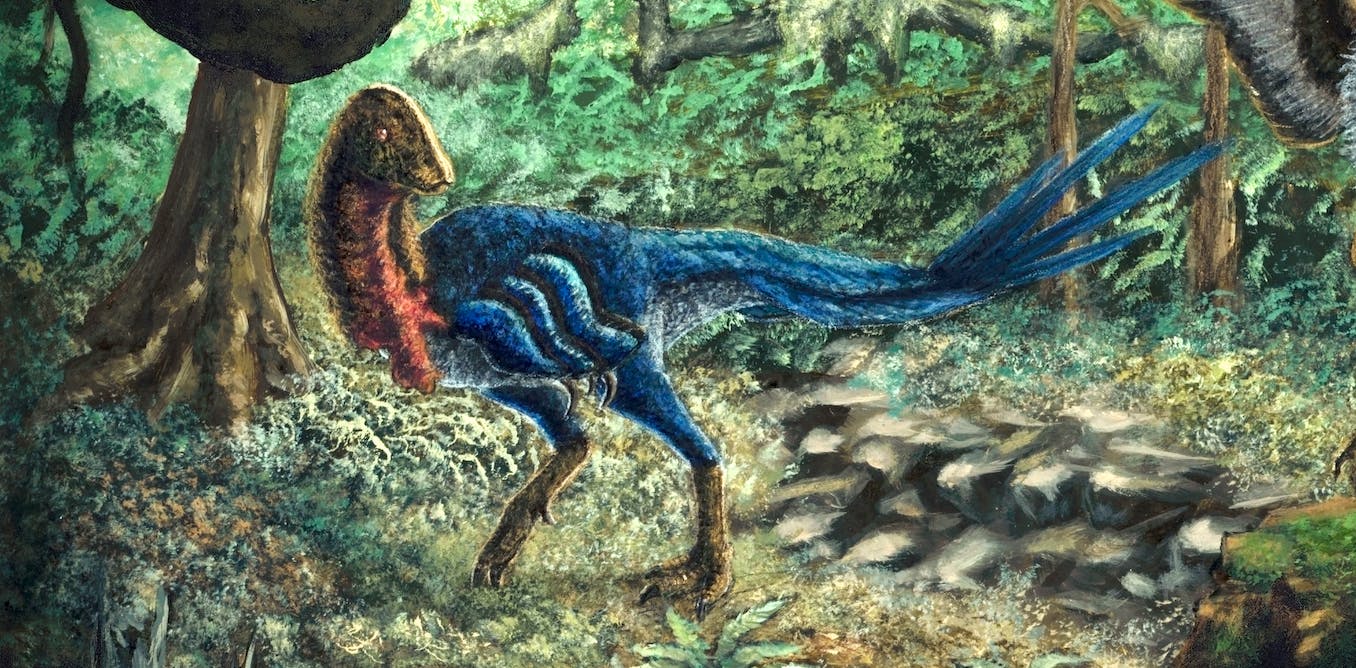In the late 1970s, debate began about whether dinosaurs were at their peak or in decline before their big extinction. Scientists at that time noted that while dinosaur diversity seemed to have increased in the geologic stage that spanned 83.6 million to 71.2 million years ago, the number of species on the scene seemed to decrease during the last few million years of the Cretaceous. Some researchers have interpreted this pattern to mean that the asteroid that struck the Gulf of Mexico was simply the final blow for an already vulnerable group of animals.
However, others have argued that what looks like a decrease in the diversity of dinosaurs may be an artifact of how hard it is to accurately count them. Fossil formations might preserve different dinosaurs more or less often based on factors like their favored environment and how easily their bodies fossilized there. The accessibility of various outcrops could influence what kinds of fossils researchers have so far found. These biases are a problem because fossils are what paleontologists must rely on to conclusively answer how healthy dinosaur populations were when the asteroid hit.


